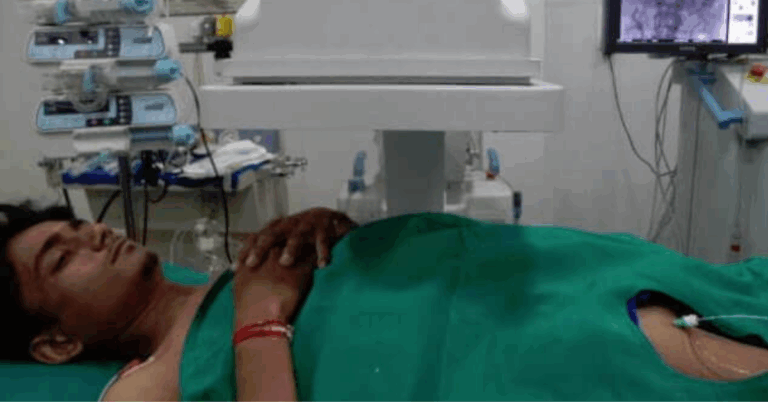Advancements in Cancer Treatment Technologies
Cancer cells are abnormal cells that divide uncontrollably and can invade surrounding tissues. These cells can originate in any part of the body and have the potential to spread to other areas, leading to the formation of tumors. Understanding the behavior and characteristics of cancer cells is crucial in developing effective treatments for different types of cancer.
One of the hallmarks of cancer cells is their ability to evade the body’s immune system, allowing them to proliferate and thrive. Additionally, cancer cells exhibit rapid and unregulated growth, leading to the formation of masses of cells that disrupt normal tissue function. Studying the genetic mutations and signaling pathways that drive the growth of cancer cells is essential in devising targeted therapies to combat the disease.
Radiation Therapy Innovations
Radiation therapy continues to be a cornerstone in cancer treatment, with ongoing advancements shaping the landscape of this crucial therapy. Innovations in radiation therapy techniques have provided more targeted and precise delivery of radiation to cancerous cells, minimizing damage to surrounding healthy tissues. By harnessing technologies like intensity-modulated radiation therapy (IMRT) and stereotactic body radiation therapy (SBRT), oncologists can tailor treatment plans with greater accuracy and effectiveness.
Further enhancing the field of radiation therapy are developments in image-guided radiation therapy (IGRT) and proton therapy. IGRT utilizes real-time imaging to track tumor movement during treatment, allowing for adjustments to ensure optimal radiation delivery. Proton therapy, on the other hand, offers a unique advantage by using protons to deliver radiation directly to cancer cells while limiting exposure to nearby normal tissues. These innovations underscore the continuous evolution of radiation therapy, providing clinicians with more tools to combat cancer with improved precision and outcomes.
What are some common types of radiation therapy?
Common types of radiation therapy include external beam radiation, internal radiation therapy (brachytherapy), and systemic radiation therapy.
How does radiation therapy work to treat cancer?
Radiation therapy works by damaging the DNA of cancer cells, which prevents them from growing and dividing. This ultimately leads to the death of the cancer cells.
Are there any side effects associated with radiation therapy?
Yes, common side effects of radiation therapy can include fatigue, skin irritation at the treatment site, and nausea. However, these side effects are usually temporary and can be managed with medication.
How is the dosage of radiation therapy determined for each patient?
The dosage of radiation therapy is determined based on factors such as the type and location of the cancer, the size of the tumor, and the overall health of the patient. This is typically determined by a team of radiation oncologists.
Are there any new innovations in radiation therapy that are being developed?
Yes, there are several new innovations in radiation therapy that are being developed, including proton therapy, stereotactic body radiation therapy, and immunotherapy in combination with radiation. These advances aim to improve the effectiveness and precision of radiation therapy for cancer treatment.






